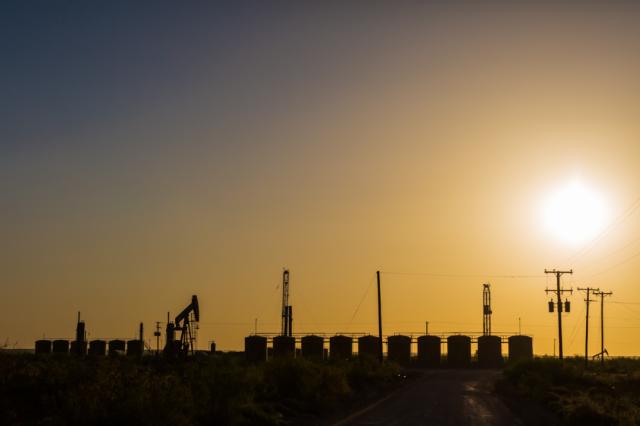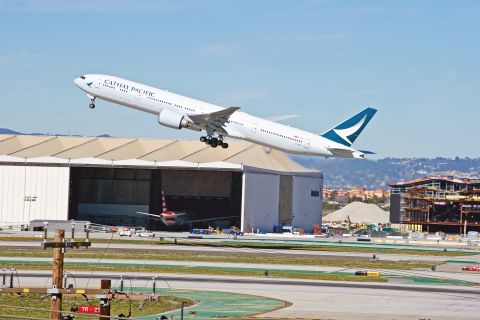
Texas produces 41% of U.S. crude oil and 25% of natural gas, according to the Energy Information Administration. (Source: Hart Energy)
Learn more about Hart Energy Conferences
Get our latest conference schedules, updates and insights straight to your inbox.
Possible changes to oil leasing and permitting requirements governing federal lands could lower oil production in the Permian Basin, a report from the U.S. Federal Reserve Bank of Dallas said on March 4.
In late January, U.S. President Joe Biden signed a raft of executive orders that paused new leasing for drilling on public lands and waters that account for about a quarter of U.S. oil and gas production.
“We estimate that by the end of 2025, the Permian will produce between 230,000 and 490,000 bbl/d less than if drilling activity continued at its current pace,” the report said.
RELATED:
Shale Leaders See US Reverting to Net Importer of Crude
Texas produces 41% of U.S. crude oil and 25% of natural gas, according to the Energy Information Administration. New Mexico, is the biggest beneficiary of revenues from drilling on federal lands.
The report also cautioned that oil refineries and chemical facilities on the Gulf Coast would need to adapt to losing barrels from the Permian Basin. Oil from West Africa and the Arabian Gulf were possible substitutes for the lost inputs, it added.
“We expect production from other basins to decline against business-as-usual forecasts as well, especially in the Gulf of Mexico, where the federal government manages nearly all oil and gas activity,” the report concluded.
Recommended Reading
CAPP Forecasts $40.6B in Canadian Upstream Capex in 2024
2024-02-27 - The number is slightly over the estimated 2023 capex spend; CAPP cites uncertain emissions policy as a factor in investment decisions.
Majority of Recent CO2 Emissions Linked to 57 Producers - Report
2024-04-03 - The world's top three CO2-emitting companies in the period were state-owned oil firm Saudi Aramco, Russia's state-owned energy giant Gazprom and state-owned producer Coal India, the report said.
SAF End-users, Producers Talk Challenges, Solutions
2024-02-07 - The lower lifecycle emissions of sustainable aviation fuel are seen as a key lever for airlines to reduce carbon emissions, but cost is a challenge.
A Different Way to Approach Energy Industry Hiring
2024-02-07 - Modern energy companies have embraced competitive efficiency, cutting-edge innovation and ESG transparency. It is time for modern energy hiring to do the same.



